Embroidery, a captivating form of decorative needlework, has woven itself into the fabric of human history, leaving an indelible mark across cultures and civilizations.
Tracing its origins is akin to unraveling a rich tapestry that spans millennia. Dating back to the Neolithic period, around 30,000 to 20,000 BCE, embroidered artifacts have been unearthed in diverse regions such as Europe, Asia, and the Middle East.
This ancient art form, characterized by meticulous stitching and intricate designs, reflects both functional necessity and aesthetic expression.
From the ornate embellishments of ancient Egypt to the varied regional styles of China, India, and Europe, the journey of embroidery unveils a timeless legacy stitched into the very fabric of human creativity and cultural identity.
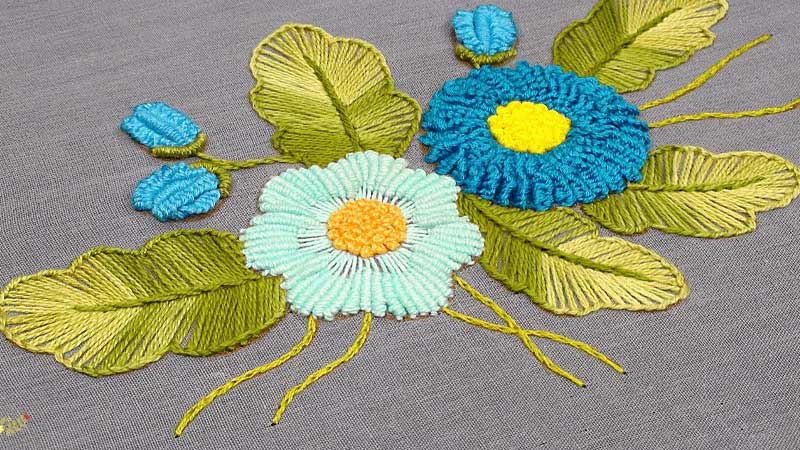
How Far Can Embroidery Be Traced Back To?
The exact origin of embroidery is difficult to trace, as it has been found in various cultures and civilizations throughout history. Embroidery is an ancient art form that has been practiced for thousands of years.
Some of the earliest known examples of embroidery date back to the Neolithic period, around 30,000 to 20,000 BCE, where embroidered clothing has been discovered in Europe and Asia.
Embroidery has been found in various cultures and civilizations, including:
Europe and Asia
Embroidery’s roots can be traced back to the Neolithic period, a time marked by the emergence of agriculture and settled communities.
Archaeological discoveries from this era have unearthed examples of embroidered clothing in both Europe and Asia.
The intricate handiwork on these garments suggests that even in this early stage of human history, embroidery served both functional and decorative purposes.
Ancient Egypt
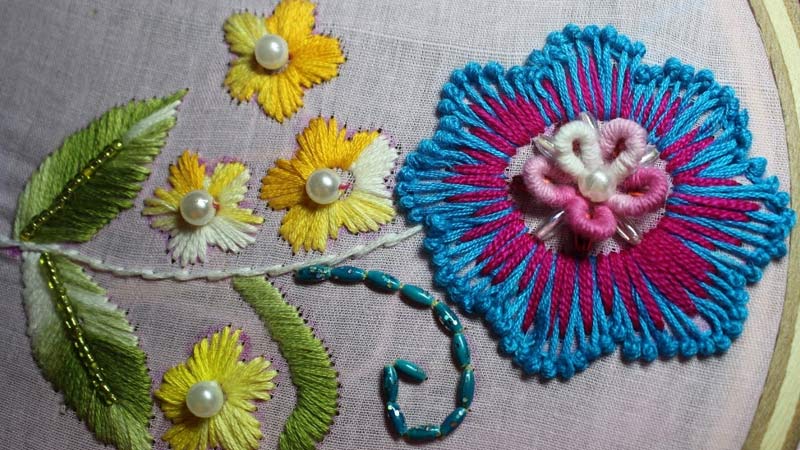
In ancient Egypt, embroidery played a significant role in enhancing the aesthetic appeal of clothing and textiles.
Embroidered garments were not only a symbol of status and wealth but were also employed in religious ceremonies and funerary practices.
The precision and artistry exhibited in Egyptian embroidery reflected the sophistication of their civilization and their dedication to craftsmanship.
Ancient Greece and Rome
The ancient Greeks and Romans utilized embroidery as a means of adorning clothing and creating decorative items such as wall hangings and tapestries.
In these classical civilizations, embroidery was not merely a utilitarian craft but a form of artistic expression.
Elaborate patterns and motifs showcased the creativity of the artisans and added a touch of luxury to everyday items.
China
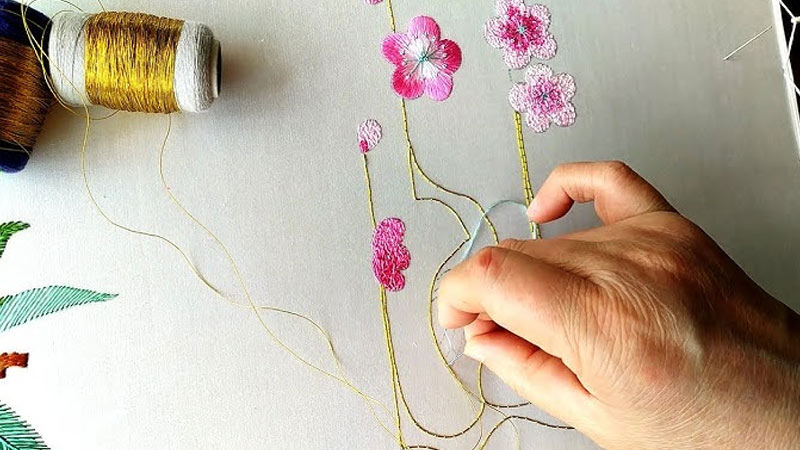
China boasts a long and illustrious history of embroidery, with some of the earliest examples dating back to the Neolithic period.
Chinese embroidery evolved into a highly esteemed art form, influencing fashion and artistic expression.
Beyond clothing, Chinese artisans used embroidery to create exquisite wall hangings and tapestries, contributing to the rich tapestry of Chinese cultural heritage.
India
India, known for its diverse and vibrant traditions, has a rich history of embroidery with various regional styles and techniques.
Embroidery was not limited to clothing but also extended to the creation of decorative items like wall hangings and tapestries.
Each region in India developed its unique embroidery styles, contributing to the country’s colorful tapestry of textile art.
Europe
Embroidery has been an integral part of European culture for centuries, with distinct regional styles and techniques emerging over time.
European artisans used embroidery to embellish clothing, adding intricacy and elegance to garments.
Additionally, embroidery found its way into the creation of decorative items, such as wall hangings and tapestries, reflecting the artistic sensibilities of different European regions throughout history.
Where Is the Origin of Embroidery?
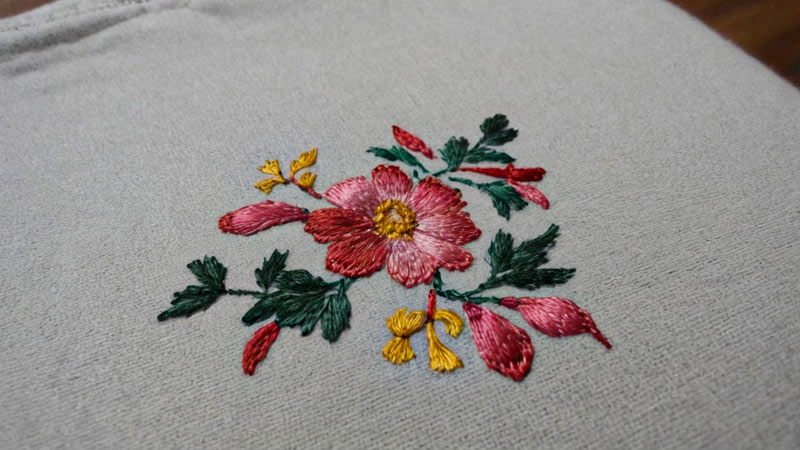
Embroidery, an ancient and intricate form of decorative needlework, has a history that spans millennia.
Its origins are embedded in the cultural and artistic practices of diverse civilizations, making it challenging to pinpoint a single birthplace for this timeless craft.
Let’s explore where did embroidery originate:
Neolithic Beginnings: 30,000 to 20,000 BCE
Embroidery’s roots can be traced back to the Neolithic period, a pivotal era marked by the transition from hunter-gatherer societies to settled communities.
Archaeological discoveries in Europe and Asia reveal early examples of embroidered clothing.
Even in this ancient time, humans demonstrated a remarkable mastery of needle and thread, using embroidery for both functional and aesthetic purposes.
Ancient Egypt: Embroidery as a Symbol of Prestige
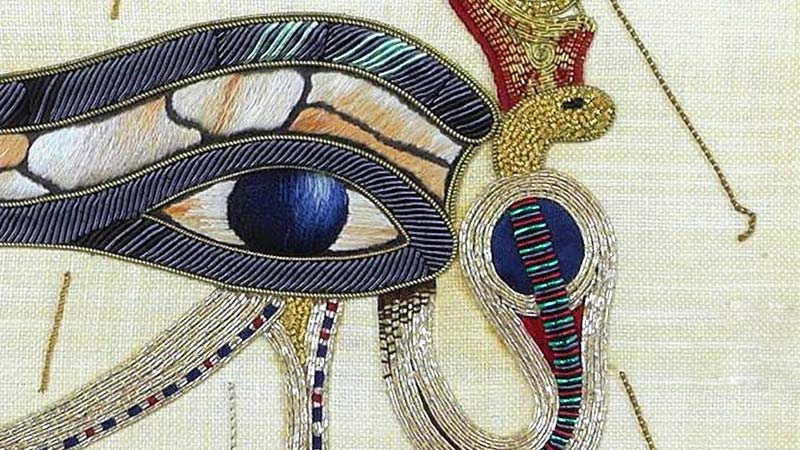
In the cradle of ancient civilization, Egypt, embroidery became a symbol of prestige and luxury.
The meticulous craftsmanship found in embroidered garments showcased not only the skill of artisans but also played a role in religious ceremonies and funerary rites.
The artistry of Egyptian embroidery reflected the cultural sophistication and societal significance attached to this craft.
Classical Elegance in Greece and Rome
The ancient Greeks and Romans elevated embroidery to an art form, adorning clothing with intricate patterns and motifs.
Beyond personal adornment, embroidery was employed to create opulent decorative items such as wall hangings and tapestries.
In these classical civilizations, embroidery served as a means of artistic expression, enriching both daily life and grand ceremonies.
China’s Timeless Tradition: Neolithic Origins and Beyond
China boasts an enduring tradition of embroidery, with roots dating back to the Neolithic period. From its early origins, Chinese embroidery evolved into a highly esteemed art form, influencing fashion and culture.
The delicate stitches and vibrant colors found in Chinese embroidery continue to represent a rich tapestry of cultural heritage, showcasing the country’s artistic prowess.
India’s Varied Tapestry: Regional Styles and Techniques
In India, embroidery has thrived with a kaleidoscope of regional styles and techniques. Beyond clothing embellishments, Indian artisans applied their mastery to create intricate wall hangings and tapestries.
The diversity of embroidery styles in India reflects the country’s cultural richness, with each region contributing unique patterns and motifs to this timeless craft.
European Elegance: Regional Styles Unveiled
Embroidery became an integral part of European culture, with distinct regional styles emerging over centuries. European artisans adorned clothing with intricate stitches, enhancing elegance and sophistication.
Additionally, embroidery found expression in decorative items like wall hangings and tapestries, contributing to the artistic tapestry of different European regions throughout history.
FAQs
When Did Embroidery Start?
Embroidery has ancient roots, with evidence dating back to the Neolithic period around 30,000 to 20,000 BCE. The craft began as a form of intricate needlework used for both functional and decorative purposes.
When Was Embroidery Invented?
The exact moment of embroidery’s invention is challenging to pinpoint. However, its origins can be traced to the Neolithic period, where early humans demonstrated skillful needlework on clothing, marking the inception of this timeless craft.
How did embroidery evolve over time?
Over time, embroidery evolved from a functional craft in the Neolithic period to a highly esteemed form of artistic expression.
Different cultures and civilizations added their distinct styles, stitches, and motifs, creating a diverse and rich history for embroidery.
Is embroidery a global practice with a universal history?
Yes, embroidery is a global practice with a universal history. Its origins in different parts of the world showcase its adaptability and enduring appeal, making it a cherished art form that has transcended time and borders.
Wrap Up
The origins of embroidery form a rich tapestry woven across millennia, reaching back to the Neolithic period around 30,000 to 20,000 BCE.
The craft’s evolution from functional hand-stitching to intricate artistic expression is evidenced by archaeological finds spanning Europe, Asia, and beyond.
From the Cro-Magnon era’s adorned garments to the symbolic significance in ancient Egypt, Greece, Rome, China, India, and Europe, embroidery encapsulates a universal and timeless art form.
As diverse cultures contributed unique styles and techniques, embroidery transcended its humble beginnings, leaving an indelible mark on human history, a testament to the enduring creativity and craftsmanship woven into the fabric of our shared heritage.
Leave a Reply